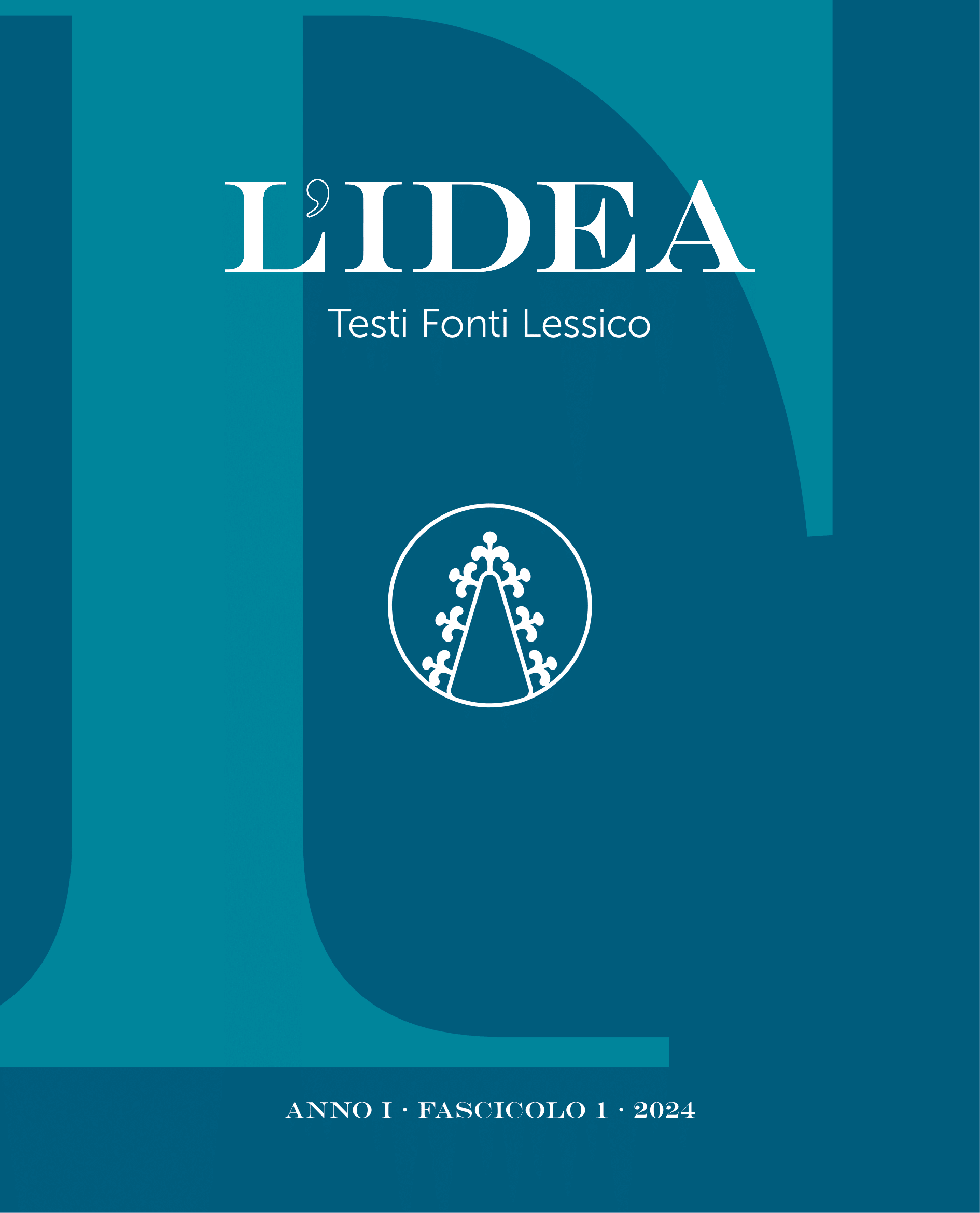Leonardo’s bestiary as a reading key for moral allegories
I Tatti, The Harvard University Center for Italian Renaissance Studies, Firenze
Firenze, Italia
In the year 1494, Leonardo composed a bestiary of about 100 short entries on virtues and vices combined with animal symbolism (Paris, Bibliothèque de l’Institut de France, Manuscript H). Research has always accepted the three sources from which this bestiary is derived as the medieval Fiore di Virtù, Cecco d’Ascoli’s Acerba and Pliny’s Natural History (in the version of Cristoforo Landino), but overlooked another important source, the Libro della Natura degli Animali (also called Bestiario Toscano), which is a synchronistic version of the Fiore di Virtù and a bestiary. As much as Leonardo was inspired by these sources, he never copied entries directly for his repertory, but selected passages and alternated the narrative. This article investigates, on the one hand, the reasons for Leonardo’s selection process, which attempts to make the bestiary a pan-religious and pan-cultural repertory of animal symbolism, relying on moral and religious choices. On the other hand, it offers an investigation on the application of the repertory and its sources in his allegorical drawings by making the symbolism and short entries a reading key for his moral and witty sketches.
Nel 1494, Leonardo compose un bestiario di circa 100 brevi voci su virtù e vizi combinati con il simbolismo animale (Paris, Bibliothèque de l’Institut de France, Manoscritto H). La ricerca ha sempre accettato che le tre fonti da cui deriva il bestiario siano il Fiore di virtù medievale, l’Acerba di Cecco d'Ascoli e la Historia naturale di Plinio (nella versione di Cristoforo Landino), ma ha trascurato una quarta più importante, il Libro della natura degli animali (detto anche Bestiario toscano), che è insieme una versione sincronica del Fiore di virtù e di un bestiario. Per quanto Leonardo si ispirasse a queste fonti, non copiò mai direttamente le voci per il suo repertorio, ma selezionò i passaggi e alternò la narrazione. Questo articolo indaga, da un lato, le ragioni del processo di selezione di Leonardo, che tenta di rendere il bestiario un repertorio pan-religioso e pan-culturale del simbolismo animale, basandosi su scelte morali e religiose. D’altra parte propone un’indagine sull’applicazione del repertorio e delle sue fonti nei suoi disegni allegorici, facendo del simbolismo e delle brevi annotazioni una chiave di lettura per i suoi schizzi morali e arguti.

